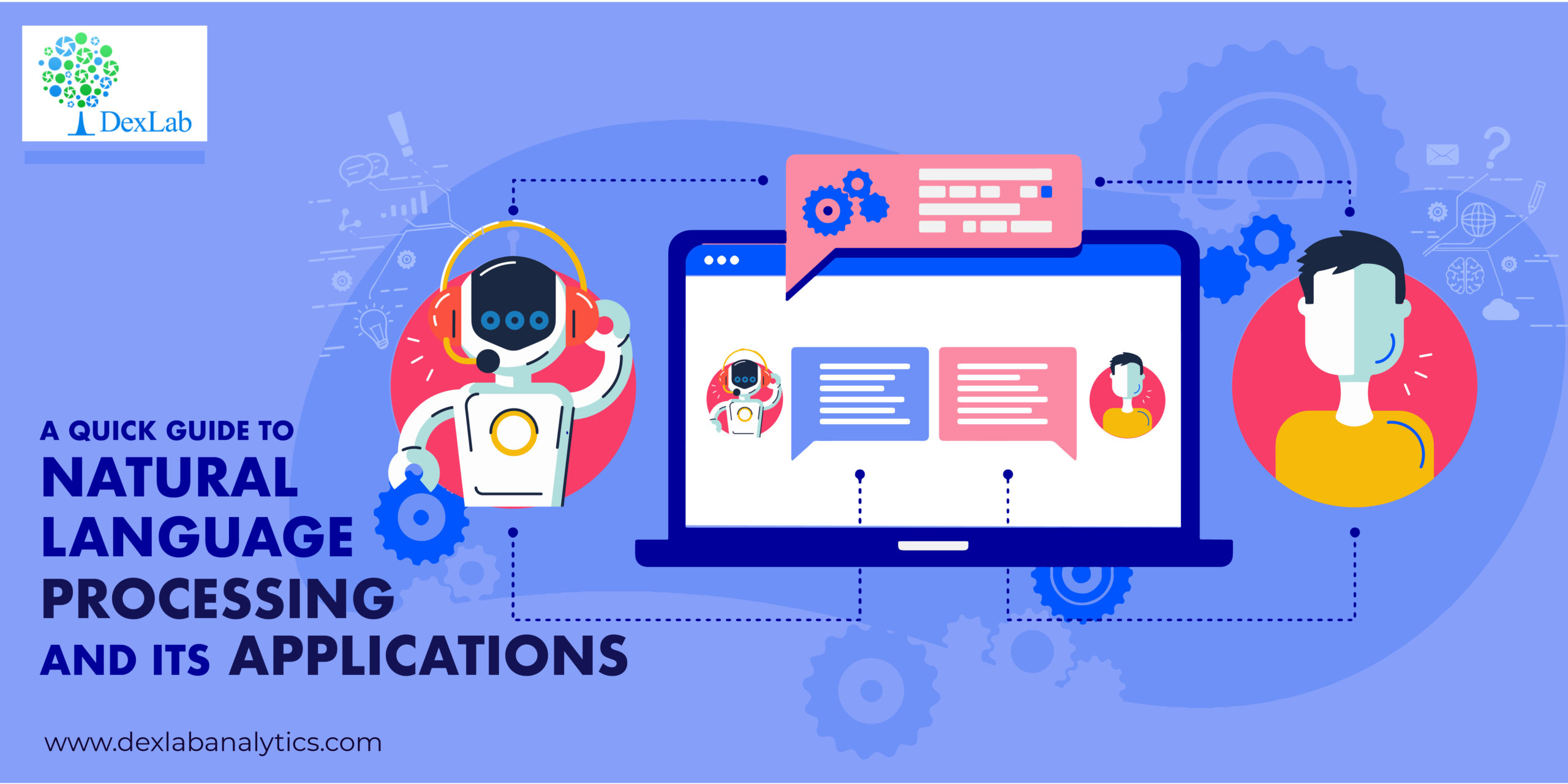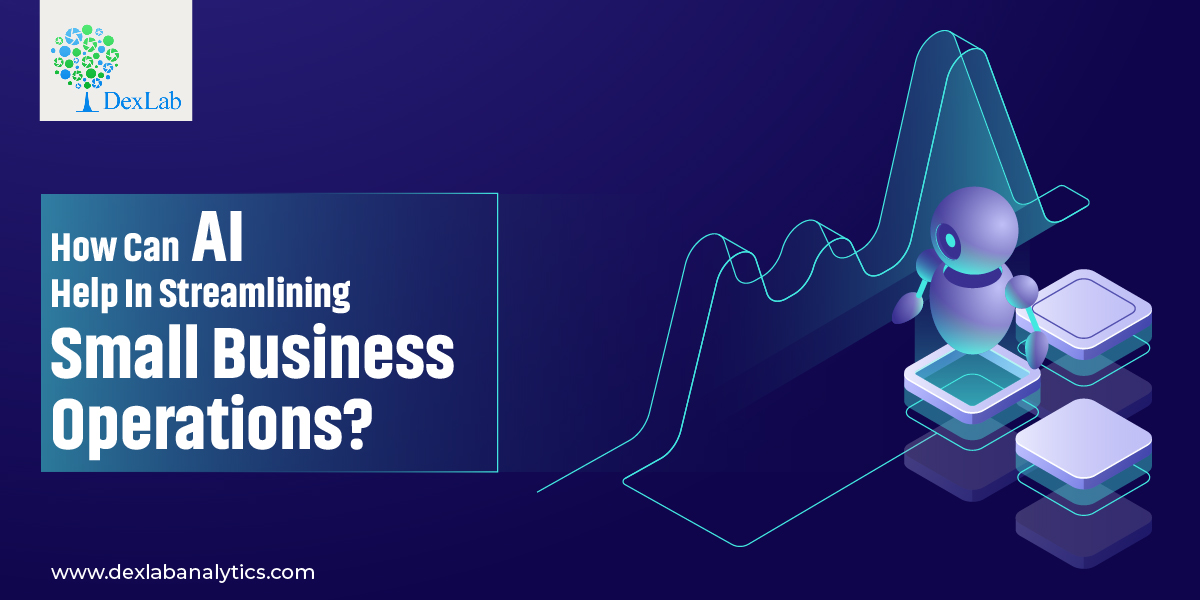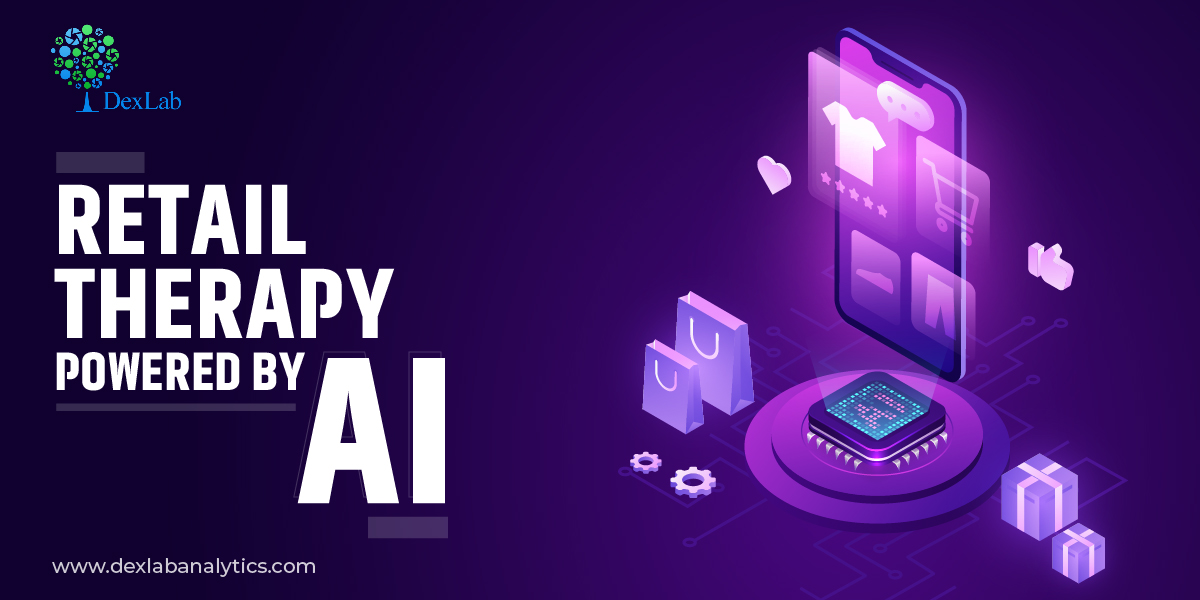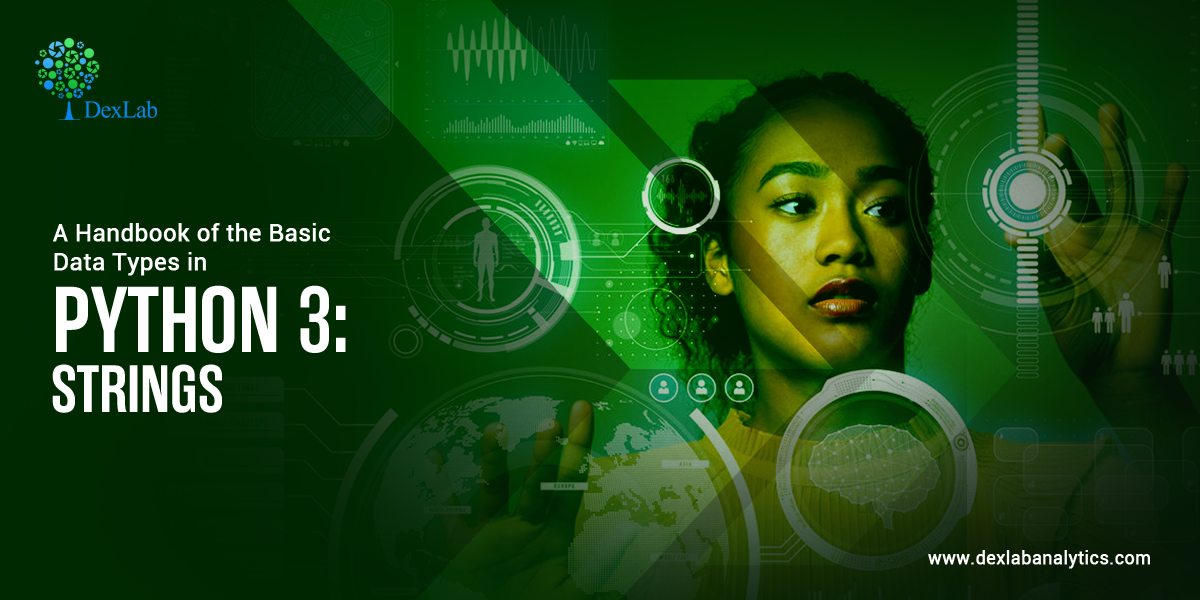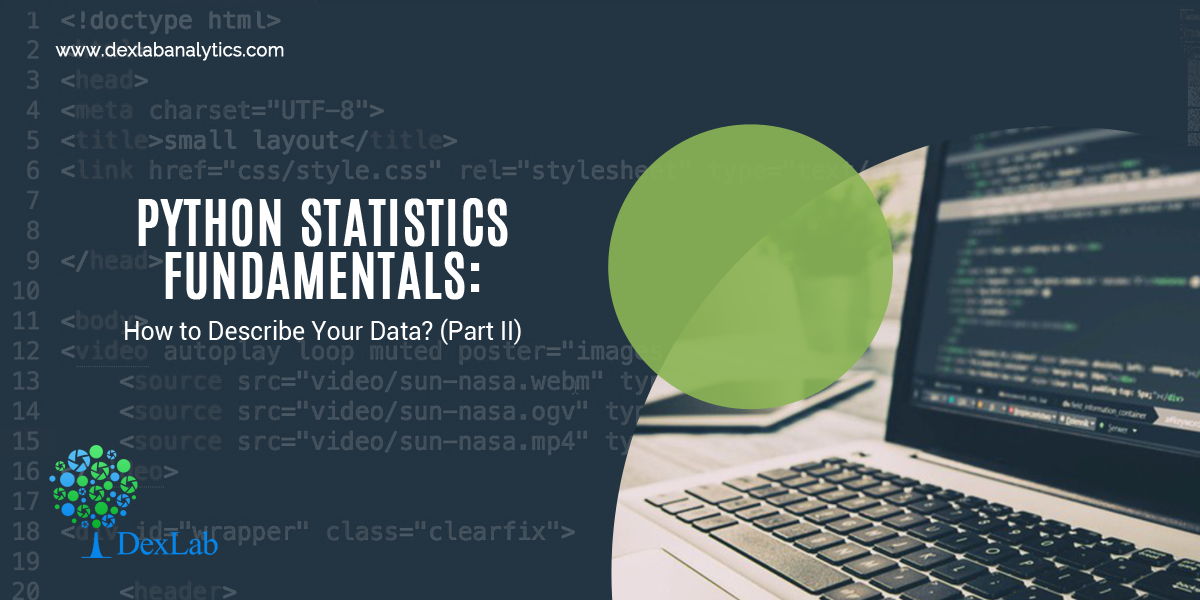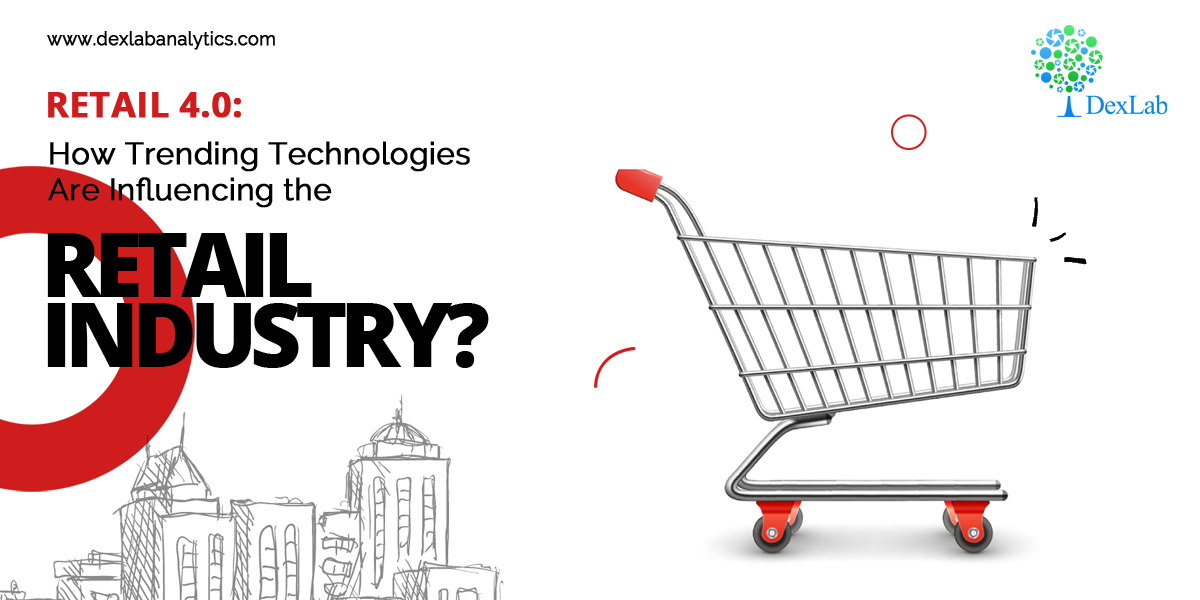When you interact with Alexa, or, conduct a voice search on Google, do you wonder about the technology behind it? What is it that makes it possible to communicate with machines as you would with a human being?
Natural Language Processing (NLP) AKA computational linguistics is a subset of Artificial Intelligence, makes all of it possible by combining artificial intelligence, machine learning, and language to facilitate interaction between computers and humans.
So how does NLP work?
When you put a voice command, it gets recorded and then the audio gets converted into text, and the NLP system starts working on the context and the intention of the command. Basically, the words that we speak are labeled and get converted into a set of numbers. However, Human language is complex and has many nuances and underlying subtexts. The same word under a different context can have different connotations. So, when a simple command is put is gets easier for the machine to follow through as it contains simpler words and clear context, but, the system needs to evolve more to fully process the complex language patterns that evolved through ages. There are courses available such as natural language processing course in gurgaon that can help one acquire specialized knowledge in this field.
NLP and its applications
NLP despite being in a nascent stage is getting recognized for its potential and being applied for executing various tasks.
Sentiment Analysis to assess consumer behavior
This functionality of NLP is an important part of social media analytics that parses the comments and reactions of users regarding products, brand messages spread over social media platforms to detect the mood of the person. This helps businesses gauge customers’ behavior and to make necessary modifications accordingly.
Email filtering and weeding out spam
If you are a user of Gmail then you must have noticed the way your emails get segmented once they arrive. Primary, Social, and Promotions are the three broad categories followed by others, there is a segment for spams as well. This smart segmentation is a stark example of NLP at work.
Basically text classification technique is used here to assign a mail to a certain category that is pre-defined. You must have also noticed how well your spam is sorted, this is another result of the application of NLP where certain words trigger the spam alert and the mail gets sent straight to the spam folder. However, this sorting is yet to be perfected via further research.
Automatic summarization to find relevant information
Now thanks to digitization we have to deal with huge amounts of data which has led to information overload. This massive amount of data needs to be processed to find actionable information. Automatic Summarization makes it possible by processing a big document and presenting an accurate and short summary of it.
Chatbots
No discussion on NLP can ever be complete without mentioning the chatbots. The customer service segment is gaining huge benefits from these smart chatbots that can offer virtual assistance to the customers 24×7. Chatbots can not only enhance customer experience but, are also great for reducing costs for any business. However, modern-day chatbots can handle simple, mundane queries that do not require any special knowledge and skill, in the future we could hope to see the bots handling specialized queries in real-time.
Spell and grammar checker
If you have ever used Grammarly and felt impressed with the result then you must have wondered at some point how does it do it? When you put in a text, it not only looks for punctuations but also points out spelling errors and also shows grammatical errors in places where there is no subject-verb agreement. In fact, you also get alternative suggestions to improve your writing. All of this is possible thanks to transformers used by NLP.
Machine Translation
If you are familiar with Google and its myriad apps then you must be familiar with Google Translate. How quickly it translates your sentences in a preferred language format, machine translation is one application of NLP that is transforming the world. We always talk about big data but making it accessible to people scattered across the globe divided by language barriers could be a big problem. So, the NLP enabled us with machine translation that uses the power of smart algorithms to translate without the need of any human supervision or intervention. However, there is still huge room for improvement as languages are full of nuanced meanings that only a human is capable of understanding.
What are some examples of NLP at work?
We are not including Siri, or, Alexa here as you are already familiar with them
- SignAll is an excellent NLP powered tool that is used for converting sign language into text.
- Nina is a virtual assistant that deals with banking queries of customers.
- Translation gets easier with another tool called Lilt that can integrate with other platforms as well.
- HubSpot integrated the autocorrect feature into its site search function to make searching hassle-free for users.
- MarketMuse helps writers create content that is high-quality and most importantly relevant.

Just like AI and its various subsets, NLP is also a field that is still evolving and has a long journey ahead. Language processing is a function that needs more research because simulating human interaction is one thing and processing languages that are so nuanced is not a cakewalk. However, there are plenty of good career opportunities available and undergoing an artificial intelligence course in delhi would be a sound career move.
.
